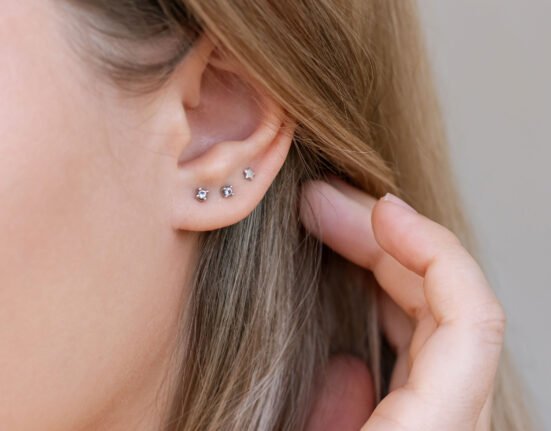Wounds can happen to anyone, whether it’s active children playing or adults going about their daily activities.
While they may appear similar, wound care for children and adults has important differences you need to understand to ensure optimal healing and prevent complications.
Children and adults heal wounds differently, and age can significantly influence how quickly and effectively the body repairs damaged skin.

1. Healing Speed
One of the most noticeable differences is the speed of healing. Children tend to recover from wounds much faster than adults.
This is due to their still-active cell turnover, higher collagen production, and stronger regenerative ability.
Children’s skin is also still in a growth phase, so the body responds quickly to damage by efficiently creating new cells and tissues.
Additionally, children generally have fewer chronic health problems and a more responsive immune system.
This means that minor wounds, such as scratches or abrasions, can heal faster, often leaving minimal scarring if treated properly.
In contrast, as people age, the body’s natural ability to repair wounds decreases. Adults experience reduced collagen synthesis, slower blood circulation, and a weakened immune response.
This leads to wounds taking longer to close and a higher risk of infection, thickened scars, or even developing into chronic wounds if not treated properly.
Many adults also have underlying medical conditions, such as diabetes or vascular disease, which can worsen the healing process.
Adult skin becomes thinner and less elastic, making it more prone to tearing and requiring a longer recovery time.
2. Risk of Infection
Children often play outdoors, touching soil, sand, or dirty objects, which increases their risk of wound contamination.
However, their immune systems are generally more active, allowing wounds to heal faster if treated correctly.
For adults, especially those with certain conditions like diabetes, the risk of wound infection is higher due to reduced blood flow and a weakened immune system.
3. Care Approach
For children
Wound care should use gentle, skin-friendly products that do not sting and are free from harsh chemicals.
Since children often struggle to stay still during treatment, practical products such as wund+™ Wound Spray are very helpful, just spray, with no need for pressing or rubbing. This minimizes pain and stress for the child.
For adults
Adult wounds, especially large or deep ones, may require additional care such as regeneration creams to support new tissue formation, maintain moisture around the wound area, and reduce the risk of scarring.
4. Frequency of Care
Active children may need to change dressings more often because they get dirty or wet while playing.
Adults are usually more disciplined about keeping dressings clean and dry. However, for both, it is important to check the wound daily for signs of infection, such as spreading redness, swelling, pus, or foul odor.
5. Education and Prevention
For children, parents should teach the habit of handwashing and not scratching wounds. For adults—especially the elderly or patients with chronic illnesses—it’s important to educate them on regular wound care and to seek medical advice promptly if the wound does not improve.
Although the basic principles of wound care remain the same—cleaning, protecting, and keeping the wound moist—differences in skin condition, infection risk, and activity levels mean that the approach to wound care for children and adults cannot be exactly the same.
Use products such as wund+™ Wound Spray to clean wounds conveniently without stinging, and wund+™ Regeneration Cream to help speed up healing for both children and adults.
Remember, properly treated wounds heal faster and reduce the risk of infection and scarring.
Reference
Celluheal. Accessed in 2025. How Wound Healing Differs in Children vs. Adults.














Leave feedback about this